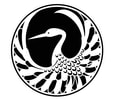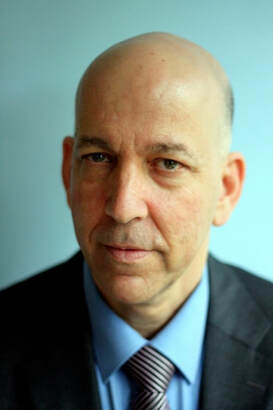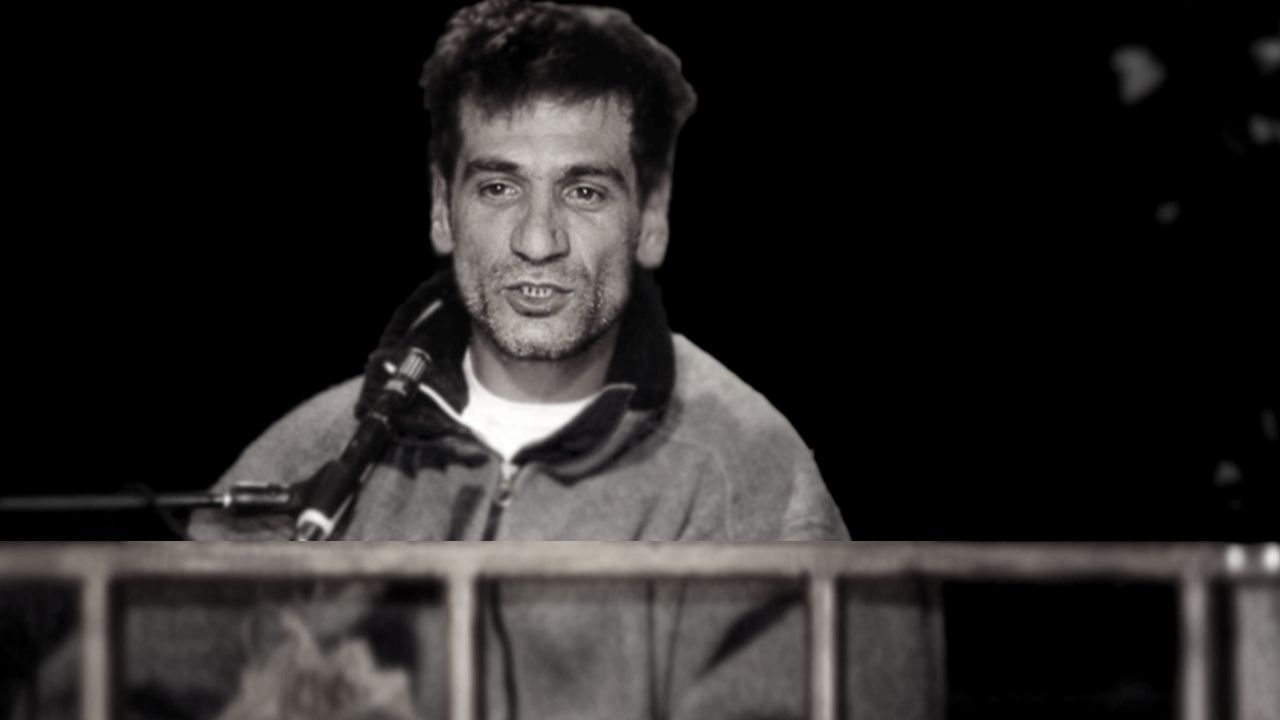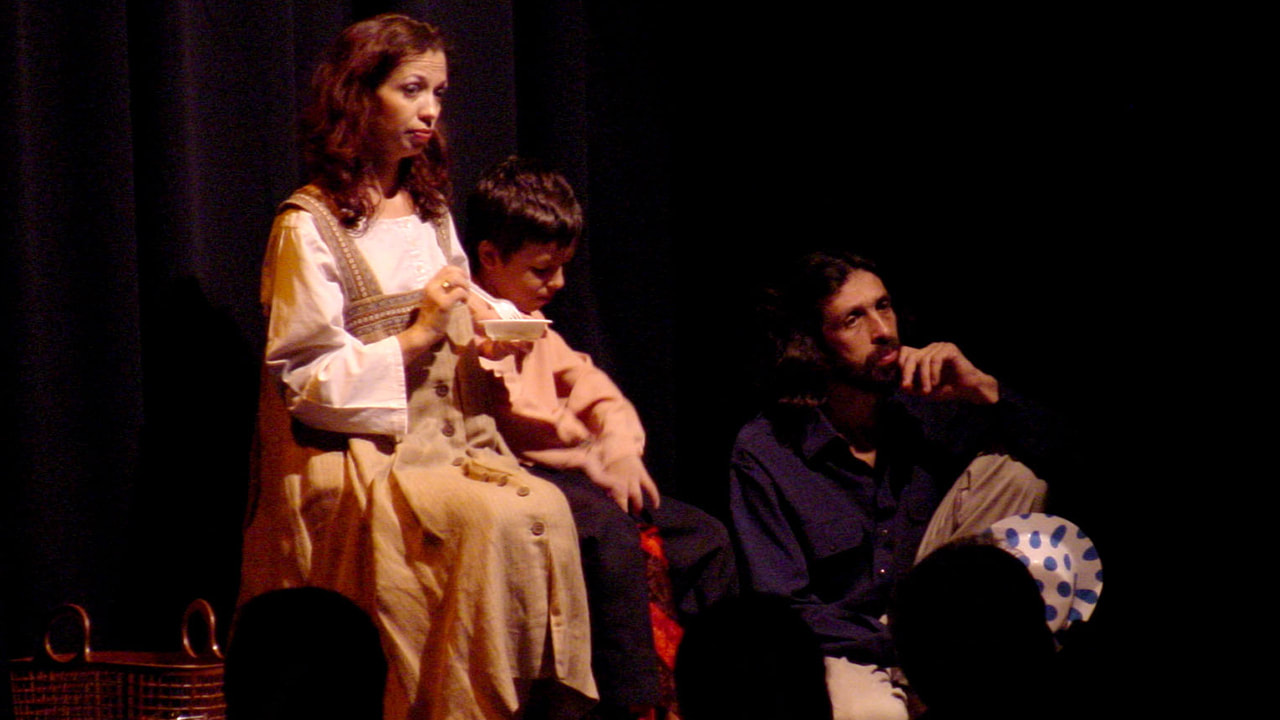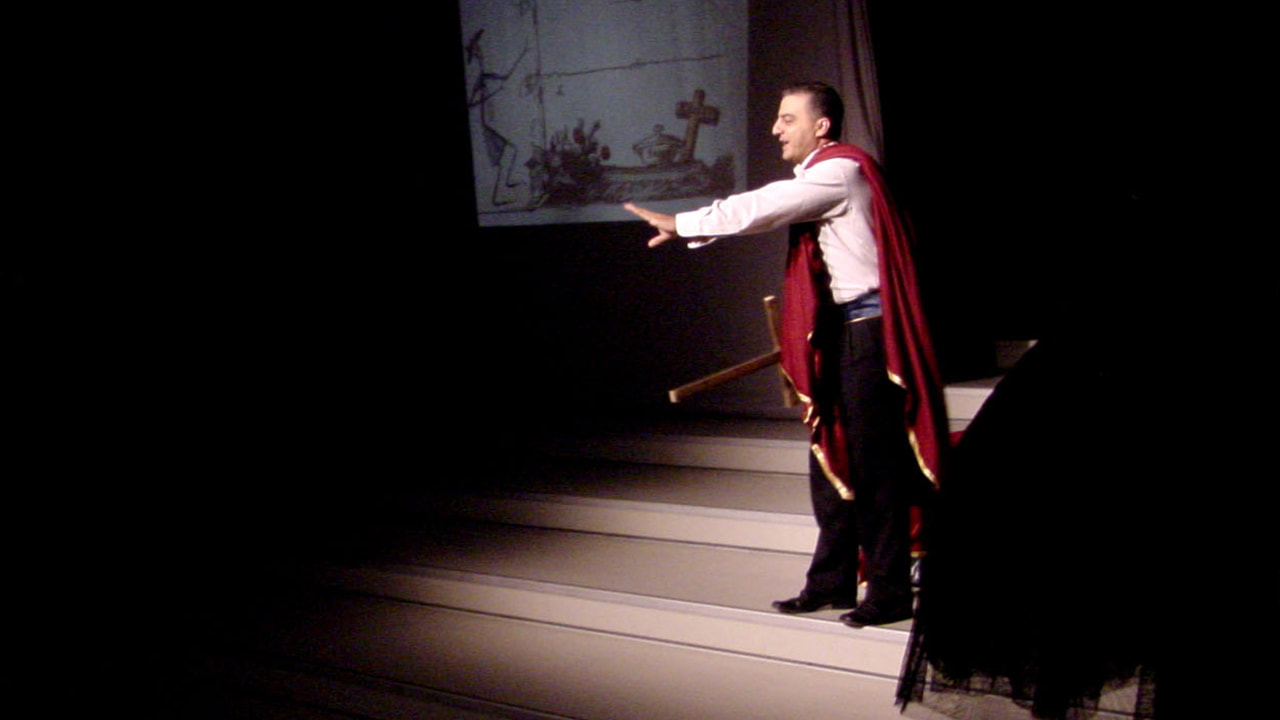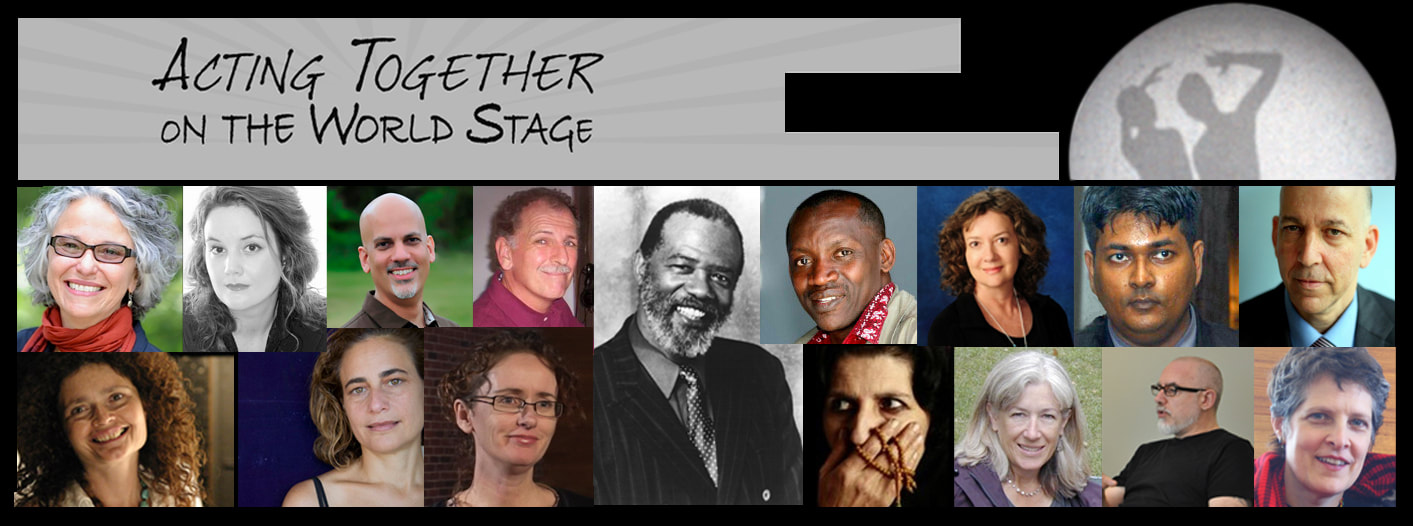LEE PERLMAN
|
WEAVING DIALOGUES & CONFRONTING HARSH REALITIES
Engendering Social Change in Israel Through Performance To tell about peacebuilding performance in Israel, Palestinian Israeli playwright Aida Nasrallah and Jewish Israeli theatre scholar Lee Perlman weave their own interpersonal dialogue. Throughout their discussion of theatre institutions and their historical and political context, Nasrallah and Perlman tell their story of coming to know each other. The process is halting, across national, cultural, and linguistic differences and suspicions bred from sixty years of conflict. The relationship they eventually develop is not one of perfect understanding or agreement, but relies on the foundation of respect and trust they build over time. |
